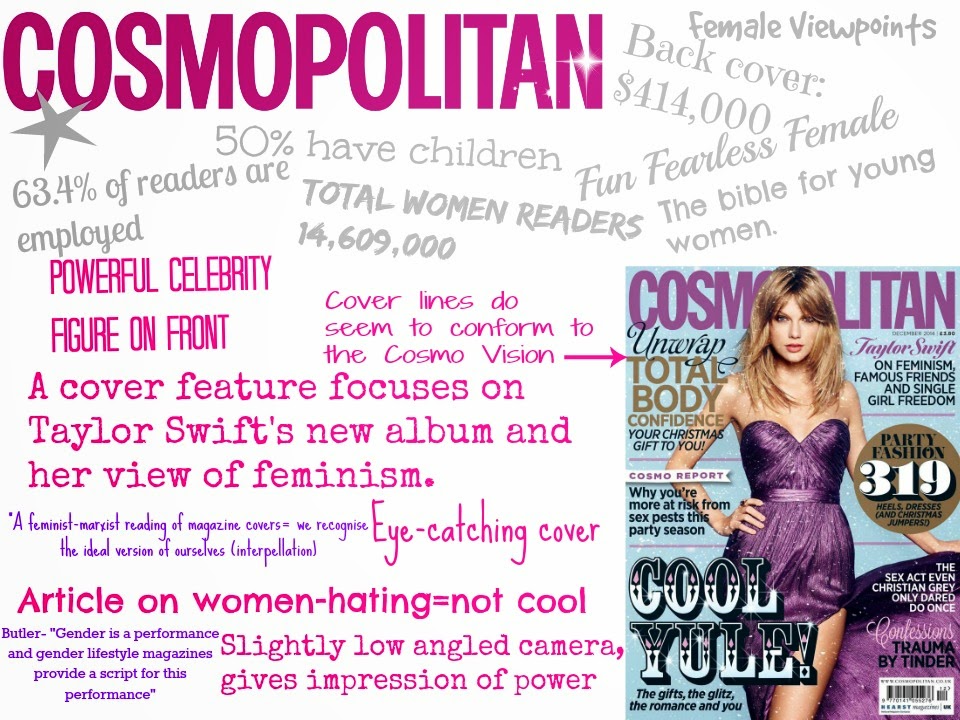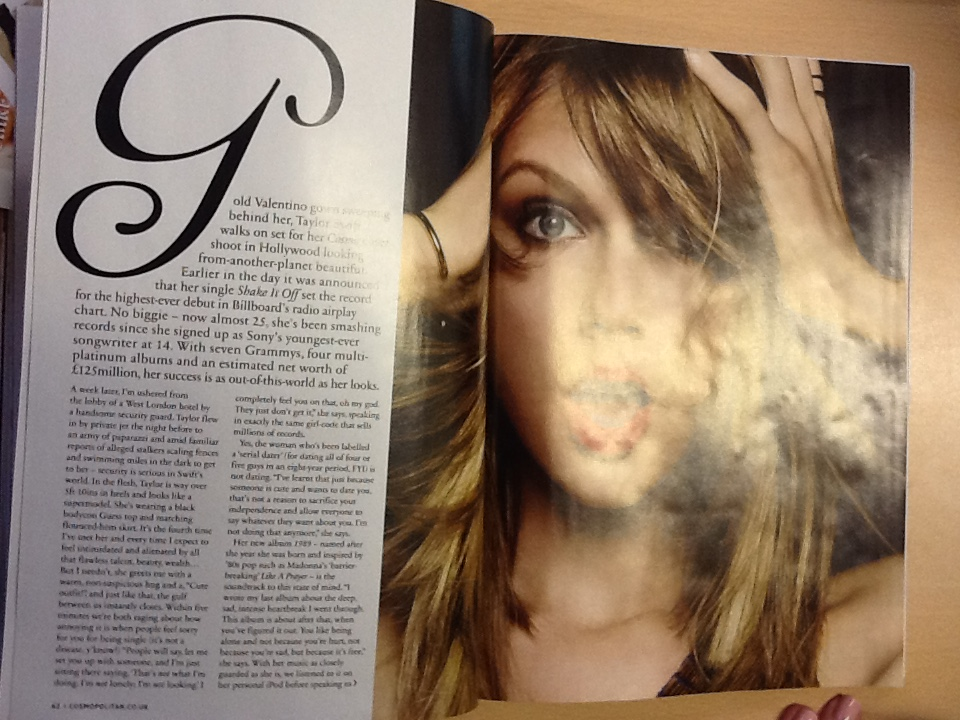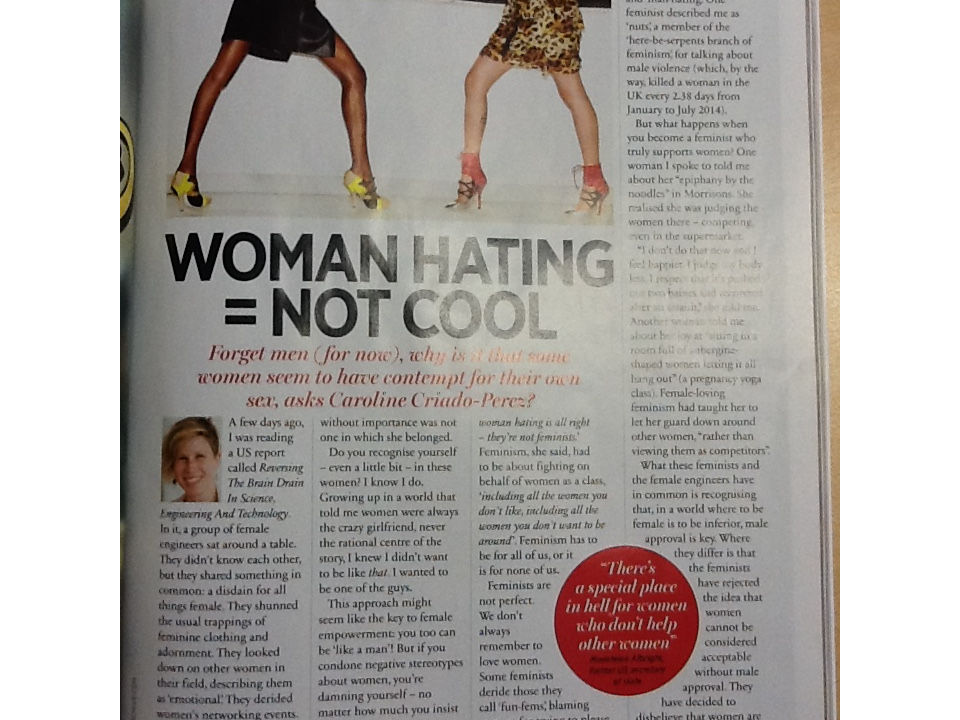Advertising is an interesting area to look at when studying the representation of a group of people, because it does two thing:
- Advertisements tend to represent the status quo of society at the time and any hegemonies that may exist (e.g. that football is our countries sport).
- Advertisements represent an ideal that people must aspire to
In a series of Fairy Liquid advertisements from the 1960s to the present day, we discovered that women are represented in a traditionally idealistic way, for example in the 1960s adverts they all present the idealistic at home mother, looking after her little girl (who will also grow up using Fairy Liquid) and doing the washing up. They are all set in the kitchen at the sink, with the emphasis on how the product makes your hands soft, as if this is a priority for women. The mother is shown doing educational activities at then end of the advert with the little girl, such as playing with building blocks and reading nursery rhymes/fairy tales. The actors in the adverts are extremely 'well spoken' and and use received pronunciation, this emphasises that the people who use the product are have high standards and therefore the product must good quality too.
In the more modern Fairy Liquid advertisements, a little boy is introduced, rather than having a girl, this shows that the demographics have widened out as more types of people are shown. This continues in the 2012 advert where a mum, dad and son are shown, however it is still the mother who is presented to be doing the washing up as in the 1960s advertisements. The adverts also become much more interesting in modern times. In the advert from 2009, where the little boy was introduced, it becomes more humorous as a dishwasher is shown, with the boy trying to fit his bike into it, as he sees how clean the dishes are when they come out after using the new fairy dishwasher tablets. In the 2012 advert there is no longer any actors talking, there is a clear male voiceover, however the focus is still on the mother as the voiceover says 'for mum to build an athlete', therefore there is still a clear focus on women in the home, rather than men doing the washing up, Fairy still, even today stick to their stereotypical advertising, of traditional roles in the home.
Nowadays, this has become such an established product that in 2013 the company produced an advertisement showing a montage of classic advertisements from the 1960s to the present day. All of them reflecting the very traditional, perhaps now old fashioned values of women in the home. This could be effective as it promotes that the product is long standing, long lasting and reliable.
All these Fairy Liquid advertisements are seen to be romanticising the past and presenting a 'golden age' of which we can all aspire to.
Nowadays, this has become such an established product that in 2013 the company produced an advertisement showing a montage of classic advertisements from the 1960s to the present day. All of them reflecting the very traditional, perhaps now old fashioned values of women in the home. This could be effective as it promotes that the product is long standing, long lasting and reliable.
All these Fairy Liquid advertisements are seen to be romanticising the past and presenting a 'golden age' of which we can all aspire to.








